
Specifically, what are the tasks and roles of the Advisory Council, sir?
This is the first time Ho Chi Minh City has been granted such an important resolution, most clearly reflected in two issues: expanding the decentralization of the city in a number of areas and a number of mechanisms and policies that are not yet included in regulations or are contrary to regulations. Therefore, special preparations are necessary and urgent so that the resolution can soon come into effect.
In that spirit, the City has established an Advisory Council of 25 experts, with the aim of gathering intellectual contributions, proposing measures and solutions for each specific project when the City implements the resolution; participating in contributing solutions and measures that are still stuck in the implementation process. At the same time, researching a number of broader, larger issues such as: issuing international bonds or piloting a sandbox - a controlled pilot for building an international financial market, continuing to perfect the urban government model to improve the efficiency of the local civil service...
In addition, the decisive factor in the successful implementation of Resolution 98 is to improve the capacity and efficiency of the administrative apparatus at all levels. Experts in the council will have suggestions and advice on such issues, at a broader level than each provision of the resolution.

Resolution 98 paves the way for a model combining metro with TOD projects to exploit the value of land funds.
Can the council be imagined as the "advisor" of the city leaders in implementing Resolution 98?
I think the establishment of the council shows the receptiveness of the city government and city leaders towards the scientific and technical forces, domestic and foreign intellectuals who have researched about Vietnam and are passionate about the city. The ultimate goal is to promote Ho Chi Minh City to develop on par with its position and role and in a sustainable direction.
Whether the resolution can be successfully implemented or not depends on both sides: the level of contribution of the council as a whole as well as the level of acceptance and application by the city. A good point is that in the first meeting on August 11, Chairman of the City People's Committee Phan Van Mai made some very specific requests to the council, and at the same time committed to responding to each member when the council has opinions and recommendations to create motivation for contributing opinions.
Dr. Tran Du Lich
Necessary legal tools for Ho Chi Minh City to promote dynamism and creativity
As you just said, Ho Chi Minh City has never been given such an important, unprecedented, or even illegal mechanism and policy like this time. With such a special mechanism and policy, what bottlenecks have been removed?
As Chairman of the City People's Committee Phan Van Mai affirmed, Resolution 98 is not a "magic wand" that solves everything. I do not think that Resolution 98 solves all problems because in fact, the bottlenecks and existing problems of Ho Chi Minh City are related to many areas. It is necessary to recognize that this is the first time the Central Government has given the City a resolution related to decentralization and systematic motivational policies, while assigning greater responsibility to exploit the dynamism and creativity of the local political system, including the People's Council and the City People's Committee.
This means that many tasks previously, such as planning adjustments, investment policy decisions, investment projects, etc., were under the authority of the Central Government. If Ho Chi Minh City wanted to do something, it had to submit it to many levels. Now, it is handed over to the city to decide, helping the city to be proactive and quickly handle important issues.
In addition, the resolution opens up a mechanism for the city to mobilize capital from bonds, from exploiting land along railway lines, as well as from many sources in many forms. From there, it will supplement the investment capital that is currently never enough if only balanced by local revenue. Then there is the science and technology policy - a force that has long had difficulty attracting human and material resources. The City People's Council will soon pass policies to attract high-tech science forces to participate in the city's programs.
I repeat that Resolution 98 provides Ho Chi Minh City with the necessary legal tools so that the city can promote its dynamism and creativity, and implement the spirit of Resolution 31 of the Politburo on the development of Ho Chi Minh City. It does not mean that having a resolution means all problems are solved.
Specifically, which projects can the city apply Resolution 98 to immediately resolve, sir?
The resolution creates a mechanism for Ho Chi Minh City to accelerate the Can Gio International Seaport project; build a system of 8 urban railway lines... Or previously, the city could not do BOT on existing routes, causing many projects to be stuck for many years, but now there is a mechanism, it can be done immediately. Recently, the City Department of Transport has also submitted to the City People's Committee projects that need to be urgently prioritized for implementation in this form. Real estate projects that have long been stuck in terms of planning adjustment and land valuation have now been approved for a mechanism to be resolved.
Previously, the city could not discuss applying the public-private partnership (PPP) model in the fields of sports and culture, but now the city is preparing to do such projects.
Especially the system of 8 urban railway lines. The Government requires the City to complete this system before 2035, but in reality, we have not completed one line for nearly 20 years. If we do not completely change the way we do things, there is no way to achieve this goal. Resolution 98 paves the way for a model combining metro with TOD projects to exploit the value of land funds. When there are such projects, the City can issue bonds, even ask the Central Government for permission to issue international bonds. When the financial problem is feasible and proactive, other difficult factors will be simpler.
Recently, the council also proposed to initially select one route to develop a project combining TOD with road construction. This will help evaluate the ability to exploit land funds on a sample route. If successful, it can be implemented simultaneously for many projects.
Three years after the resolution is issued, the city will have to evaluate and report the implementation results to the National Assembly. Will it be possible to resolve the bottlenecks that have lasted for decades?
It is impossible to predict the results. However, with the current spirit of preparation and drastic implementation, I believe that at least after 3 years, some specific results will be achieved.
For example, the long-standing planning issue has now been resolved. Since August 1, the city has signed many decisions approving specific projects related to planning adjustments that have long been blocked. Also since August 1, Thu Duc City will receive the contents under its authority and handle them according to regulations. Ho Chi Minh City has carried out a number of contents on the organization of Thu Duc City such as the organization of Thu Duc City People's Council, the committees of Thu Duc City People's Council; announced the decision to establish 3 public service centers of Thu Duc City (Social Security Center, Trade - Investment Promotion Center, Infrastructure Management and Exploitation Center) ...
It can be affirmed that this is an opportunity for Ho Chi Minh City to regain its position and role, and exploit the advantages of being an economic locomotive.
What do you expect most from Resolution 98 for the development of Ho Chi Minh City?
My biggest wish is that from Resolution 98, the City will review and evaluate to perfect the urban government model, especially the model of city government within the city for Thu Duc City. From there, improve the effectiveness of governance and management of the Ho Chi Minh City government. In the long term, from the successful model of Ho Chi Minh City, it is possible to build a law on special urban areas that is more popular.
In the immediate future, I expect some mechanisms to be expanded to the Southeast region, such as the TOD model. After 3 years of implementation, we will consider a mechanism for localities to increase budget deficits by issuing bonds, if it is safe and effective.
Source link







![[Photo] General Secretary To Lam attends the 80th Anniversary of the Cultural Sector's Traditional Day](https://vstatic.vietnam.vn/vietnam/resource/IMAGE/2025/8/23/7a88e6b58502490aa153adf8f0eec2b2)

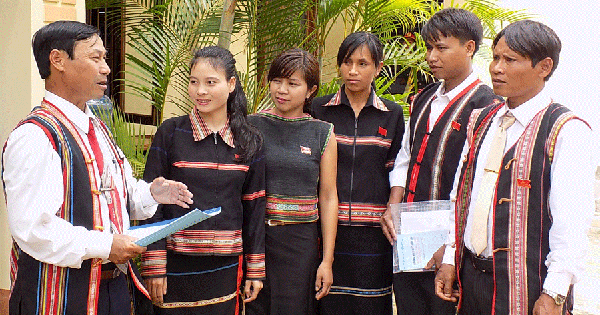

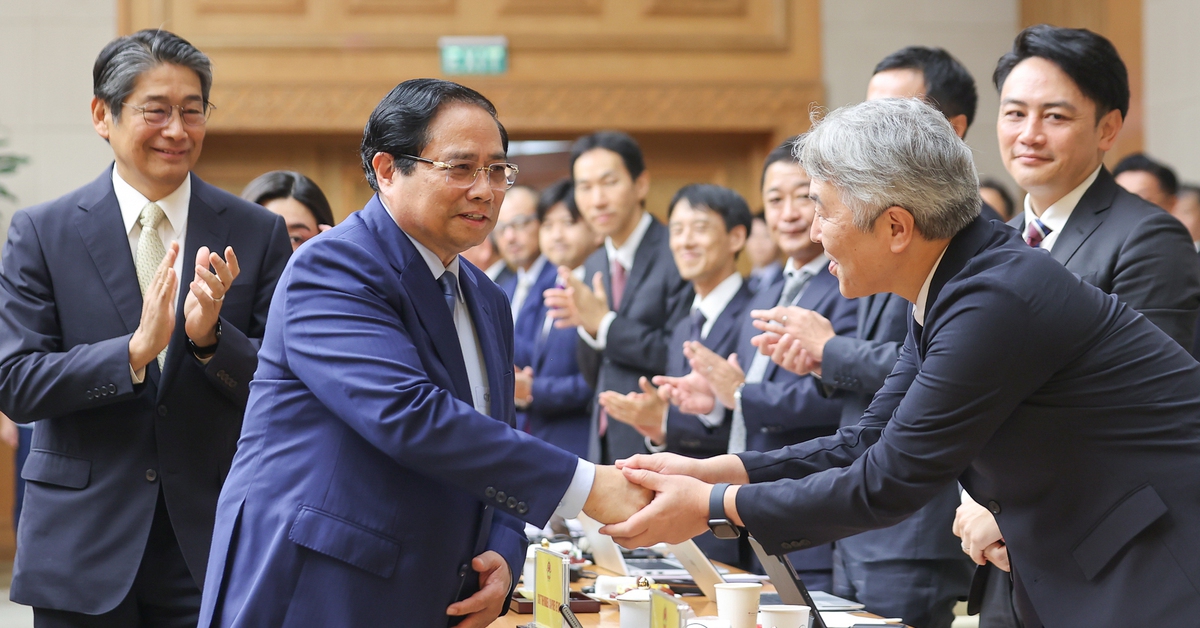

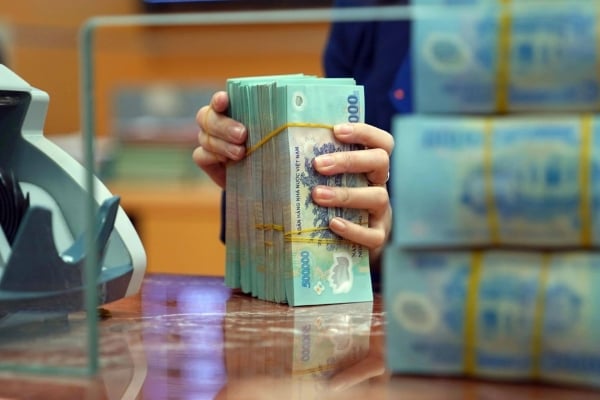

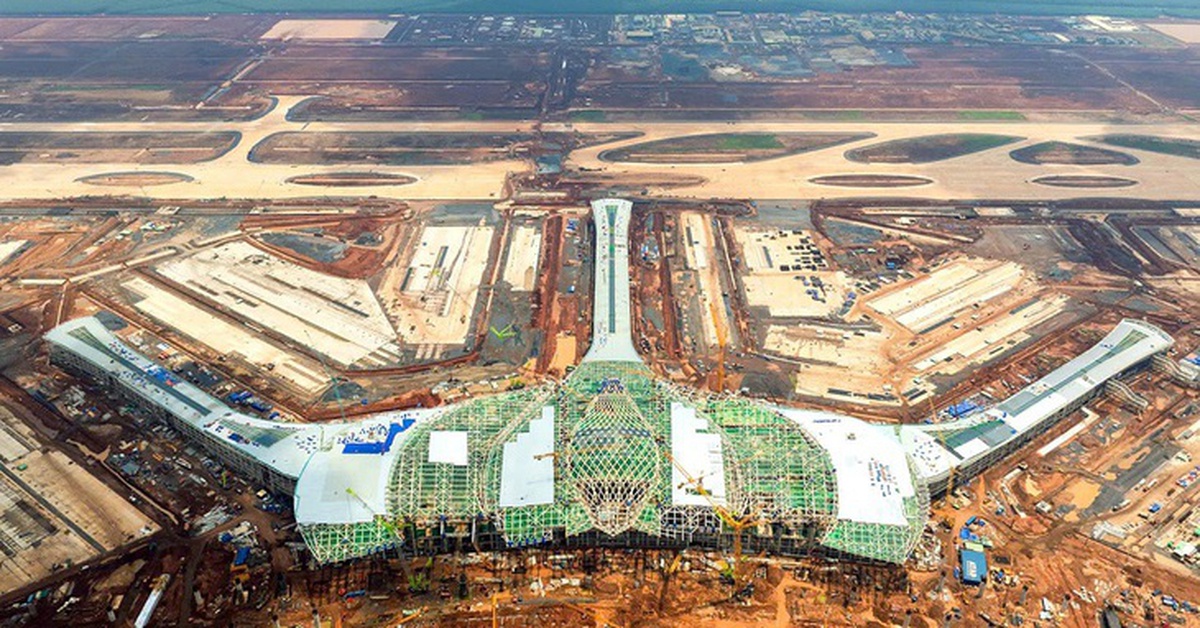




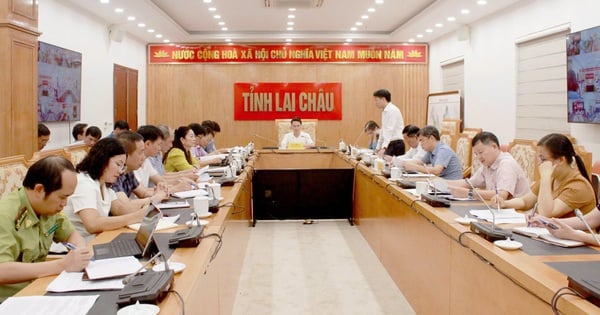




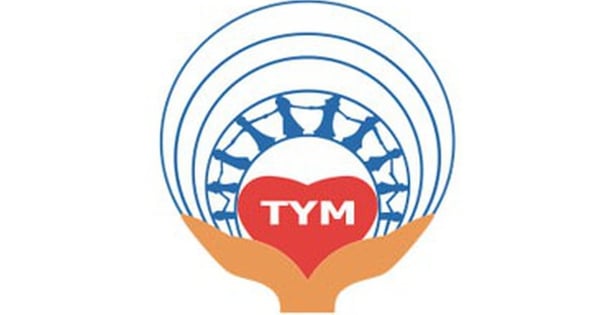
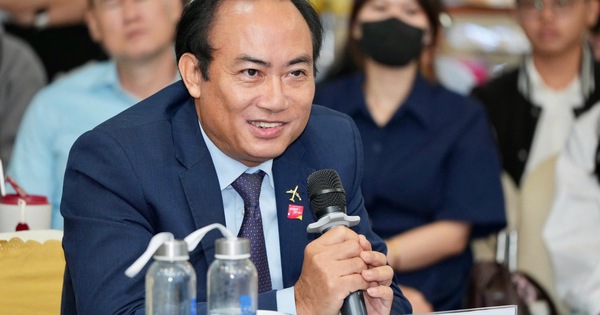






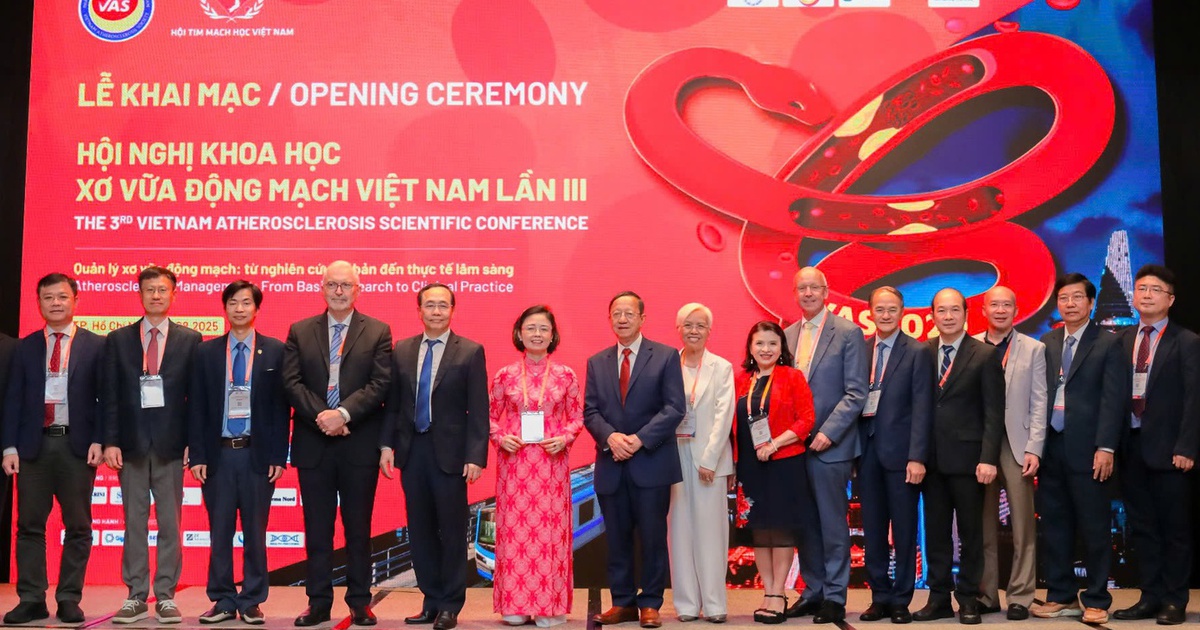
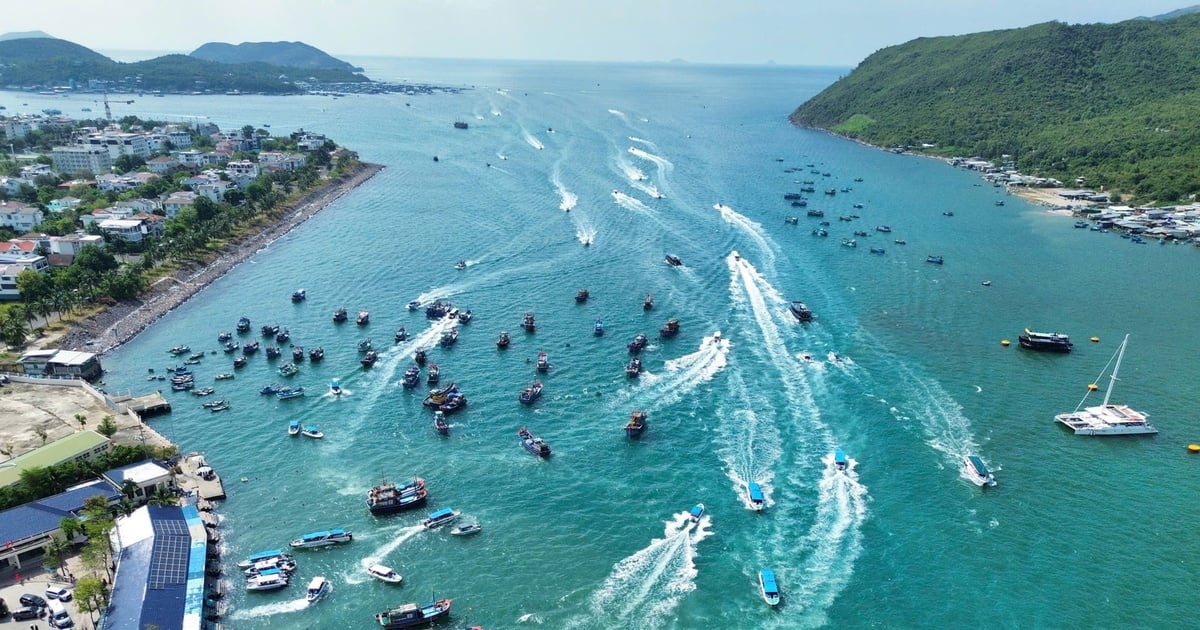
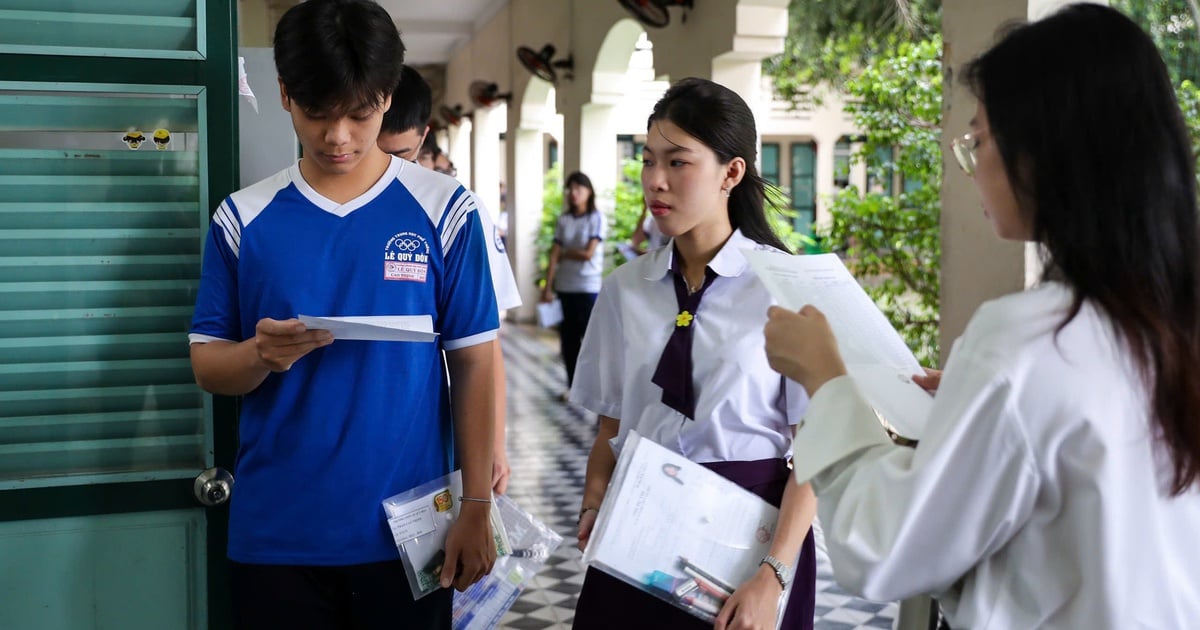






































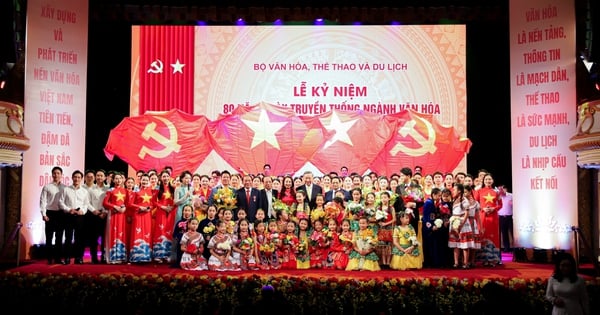

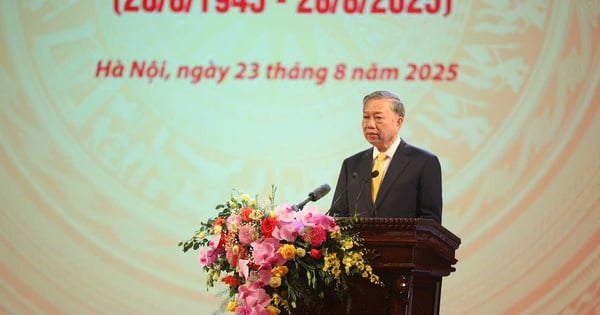
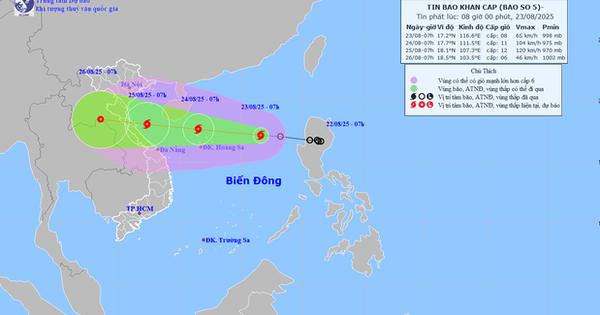

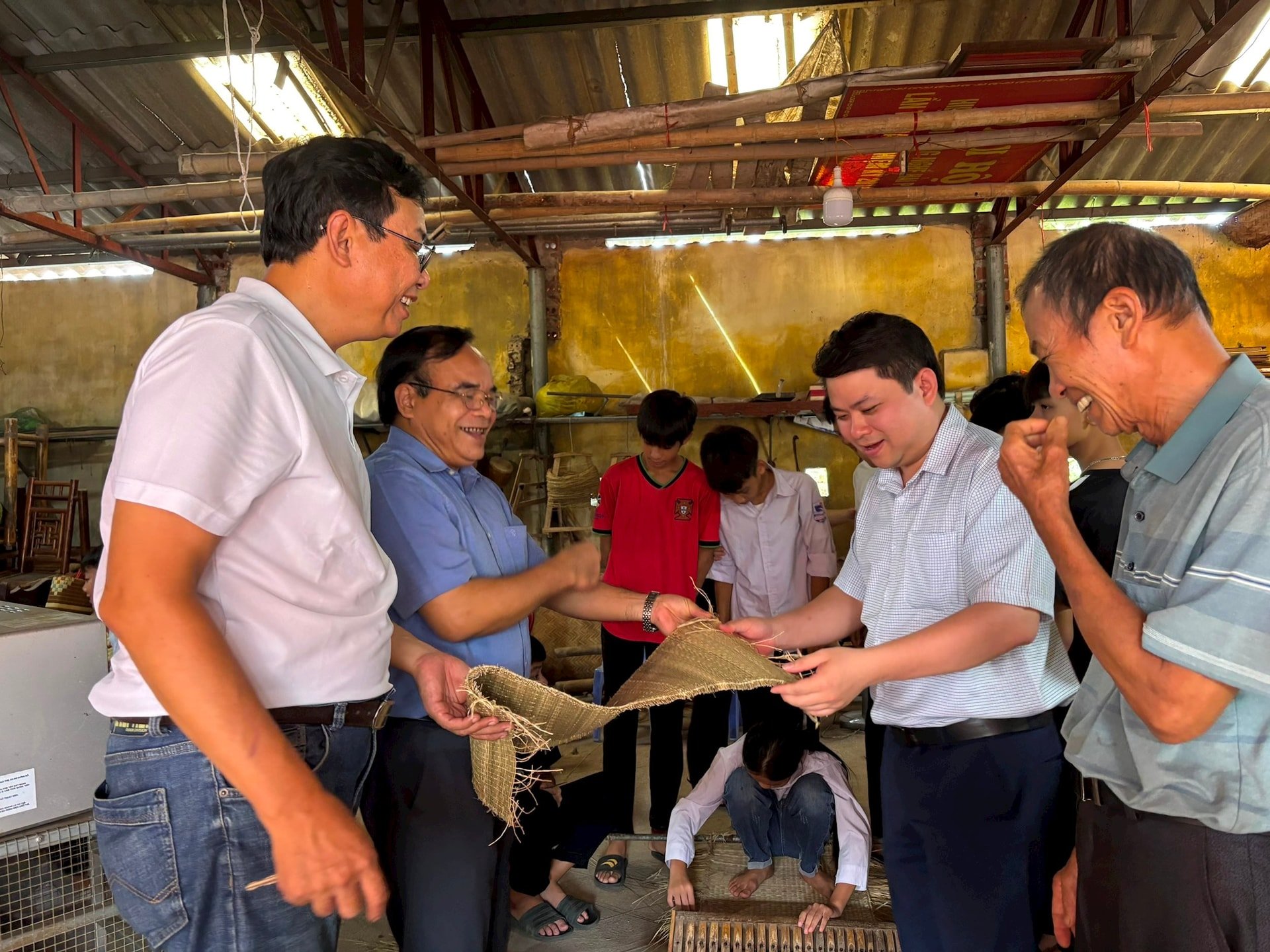

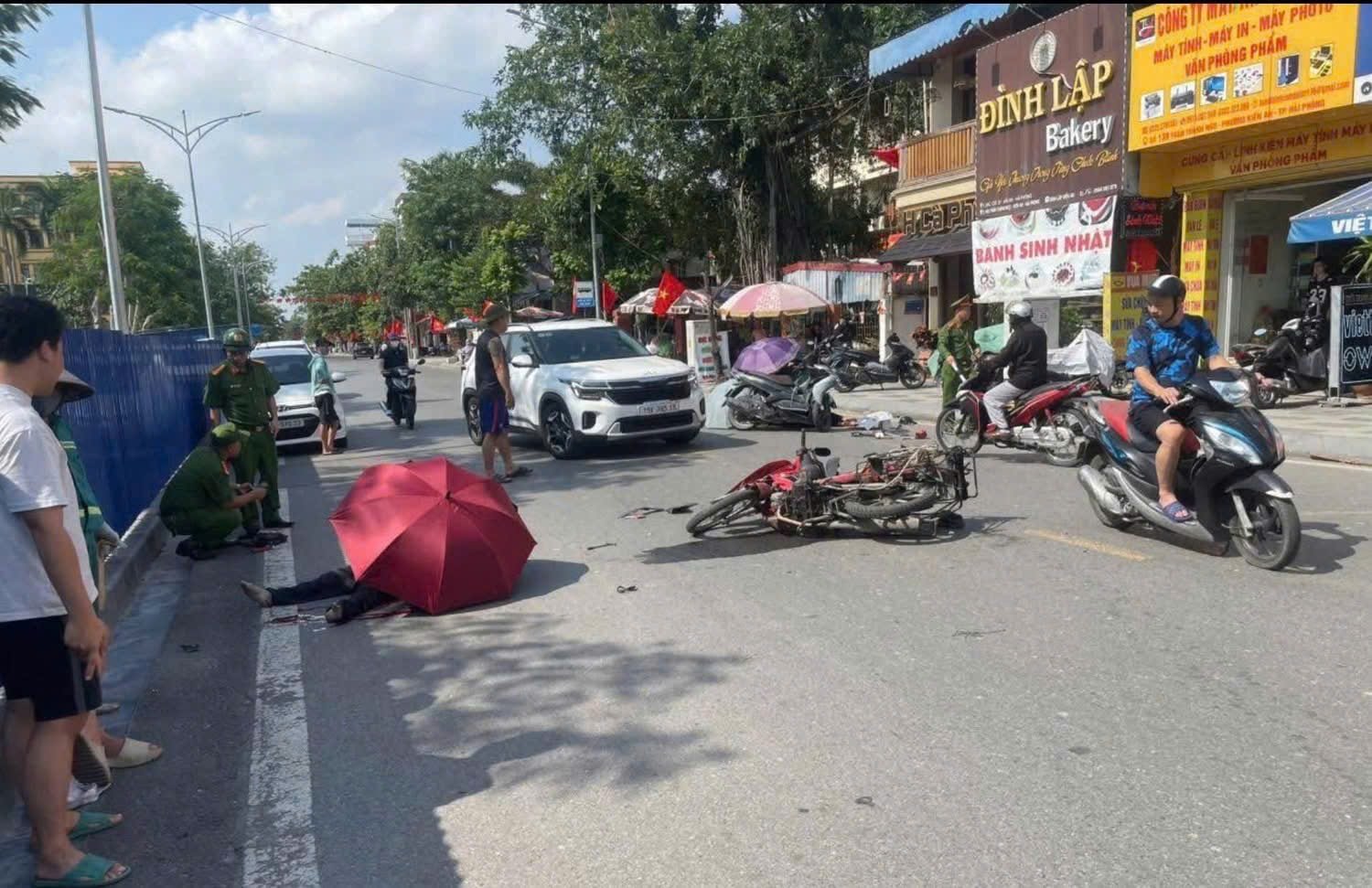


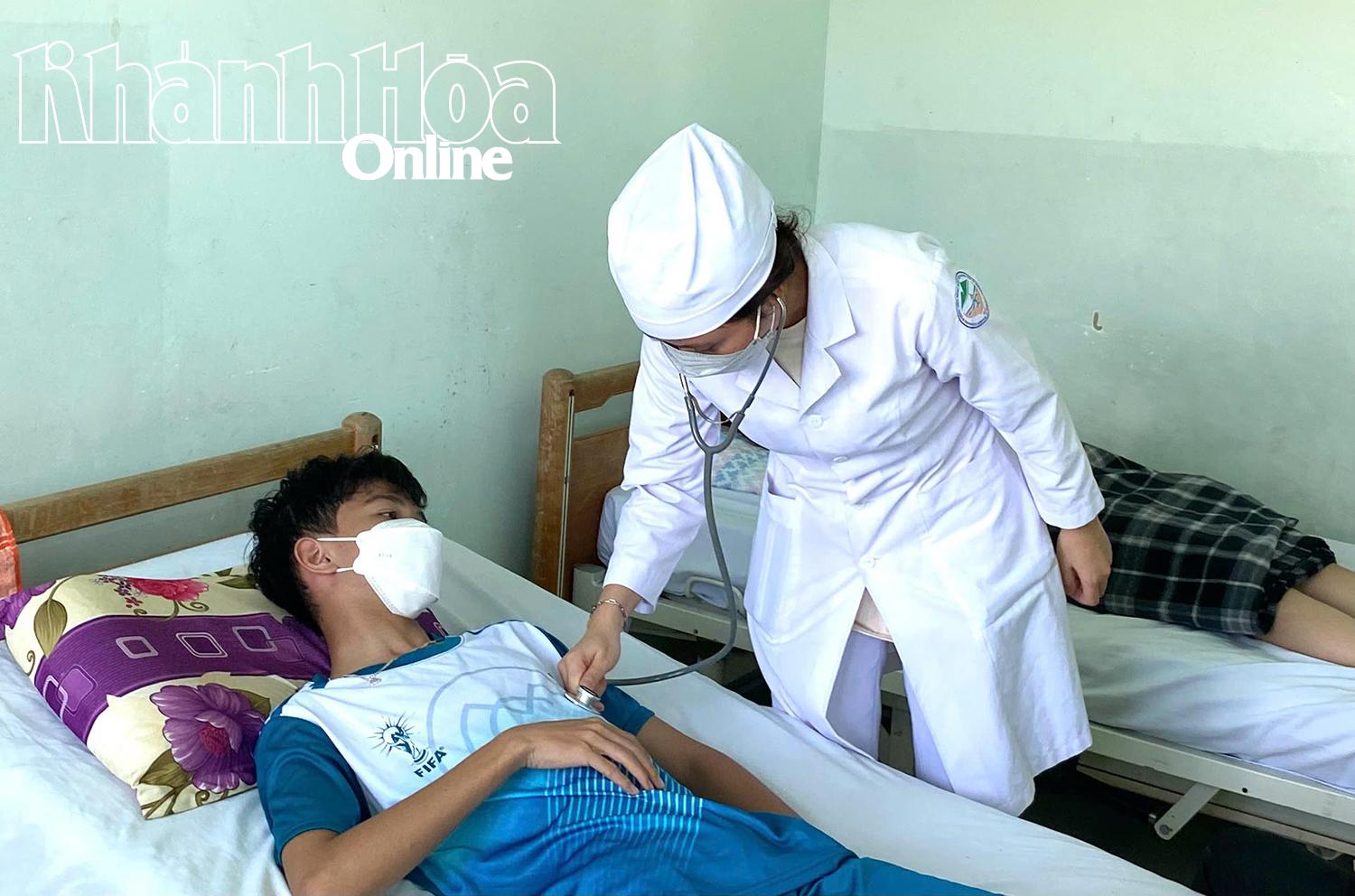

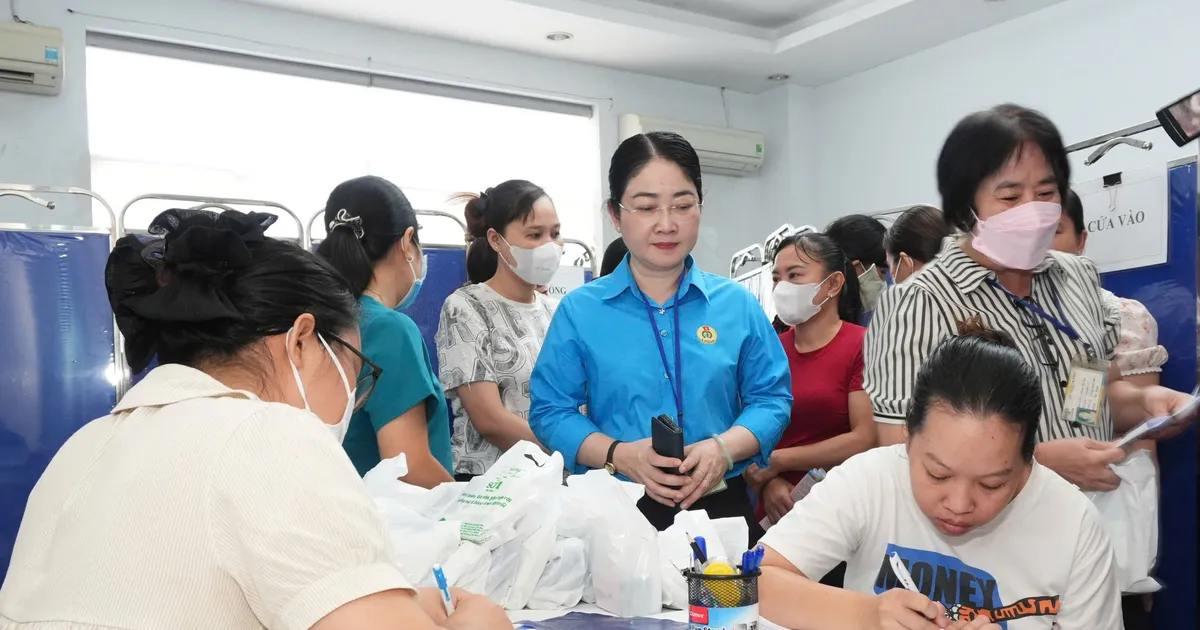














Comment (0)